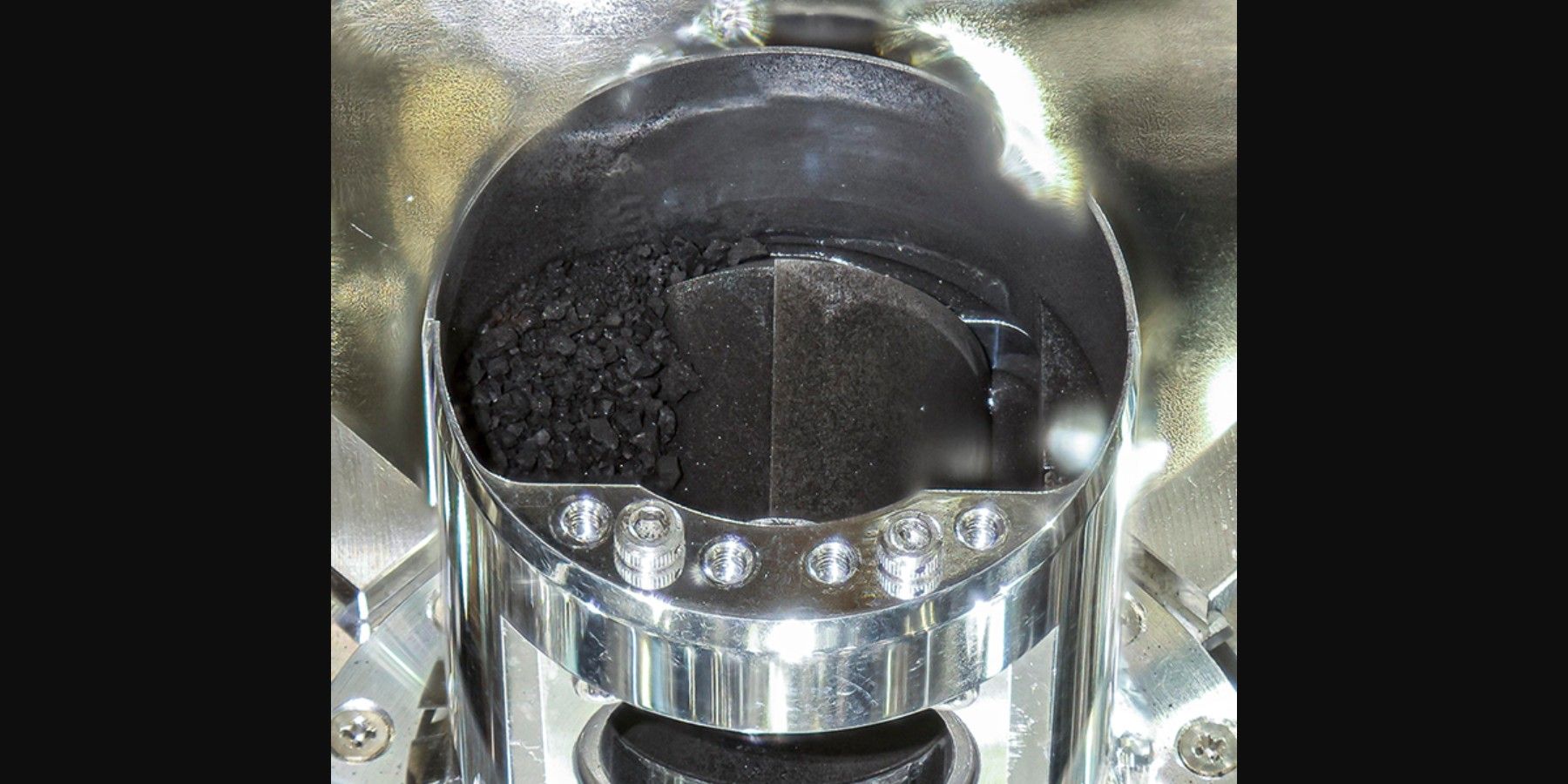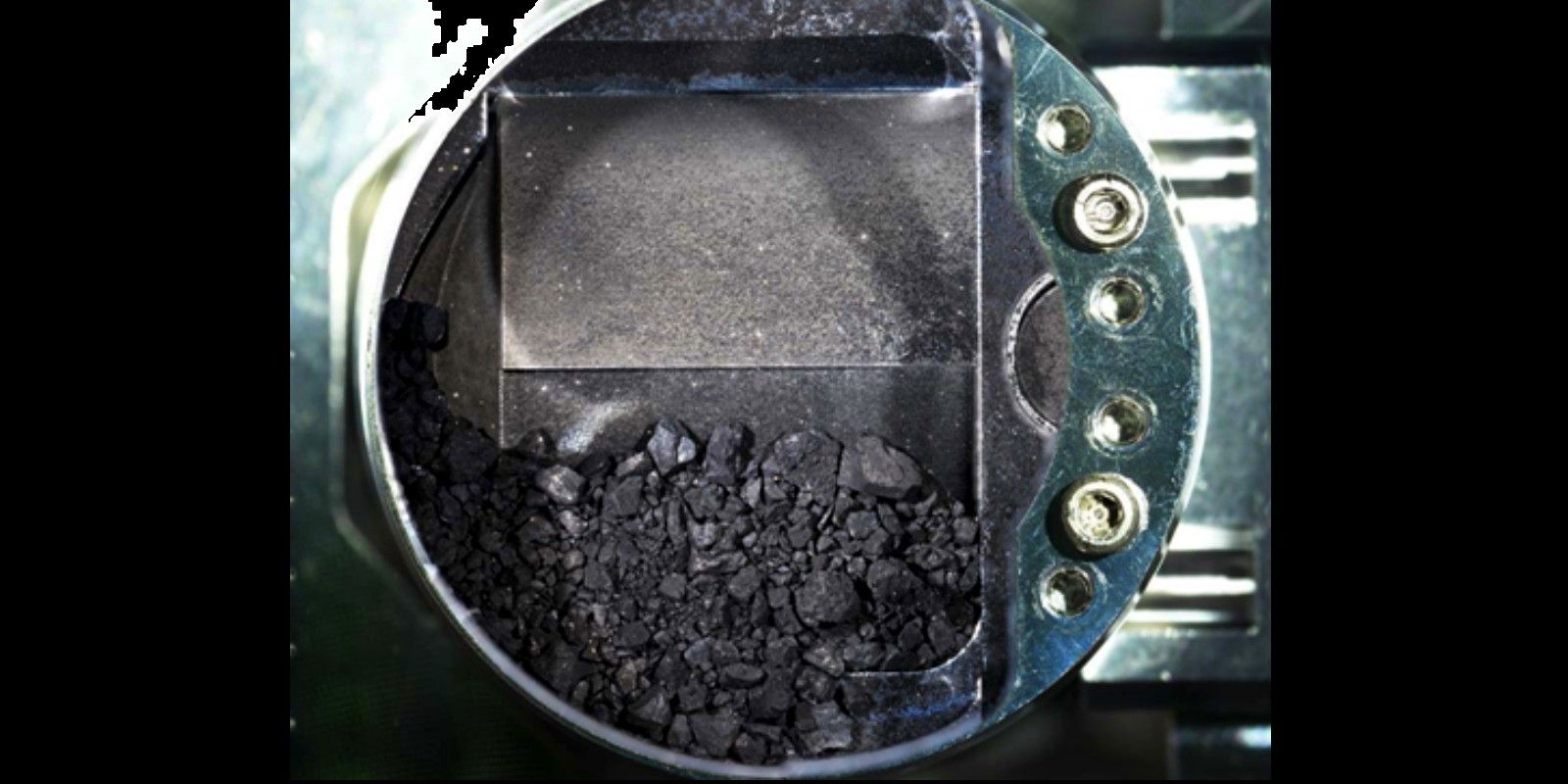The quest for demystifying the origins of the universe has brought space experts closer to another startling revelation, thanks to samples collected from an asteroid which is said to be one of the most primitive materials currently sitting in laboratories across the world. The piece in question comes from the asteroid Ryugu that was explored by a Japanese spacecraft named Hayabusa 2 between June 2018 and November 2019. In June this year, NASA also received a bit of the asteroid sample that returned to Earth just over a year ago and is being analyzed collaboratively by experts at the Japan Aerospace Exploration Agency (JAXA).
Interestingly, it was an exchange deal. NASA got a sample of the Ryugu asteroid from Japan's space agency in exchange for a sample of the asteroid Bennu that will return to Earth in 2023 with the OSIRIS-REx spacecraft. Now, if that name sounds familiar, it's because Bennu is one of the few asteroids that pose a risk of collision with planet Earth, even though the chances of it happening are very, very small. For example, the probability of an impact event stands at 0.037 percent on Sept. 24 in 2182. But catastrophic predictions aside, asteroids are a goldmine of rare materials that can help understand the nature of primordial cosmic material in the universe.
And that's where the latest analysis of material from the Ryugu asteroid comes into the picture. Scientists across the globe were given small samples of the asteroid, and the research of this cosmic material has now been published in two Nature studies — "First compositional analysis of Ryugu samples by the MicrOmega hyperspectral microscope" and "Preliminary analysis of the Hayabusa2 samples returned from C-type asteroid Ryugu." The key takeaway here is that the material, which weighs in at a paltry 5.4 grams, might be one of the most primitive materials scientists have ever got their hands on. Physical and chemical analysis of the rock sample reveals that it has a composition similar to rare meteorites. The particles are very porous, rich in carbon as well as hydrated minerals.
A Peek Into The Past
But the team behind the research also noticed something very peculiar upon further analysis. Scientists deduced that Ryugu belongs to an extremely rare class of meteorites known as CI chondrite, of which only five have been documented to touch the Earth's surface so far. The density of Ryugu's sample is lower than any meteorite studied so far. "Imagine if you could take all of the gas away from the Sun and were just left with a vestige of other elements … you're left with a CI chondrite," co-author Trevor Ireland was quoted as saying by ABC News. One of the papers mentions that the presence of volatile-rich species in the asteroid samples indicates that the parent body originated in the outer solar system.
More importantly, it might have preserved primitive material in pristine condition as well as the new forms as it passed through different evolutionary phases. Ryugu hails from the carbonaceous or C-type asteroid class and likely contains material from the nebula that gave birth to the Sun and other planets billions of years ago. Even though scientists haven't yet zeroed down on the exact age, what is truly remarkable is that the sample only reflects about 2-3 percent of the light falling on it and absorbs the rest. So far, the analysis has been restricted to optical microscopy and spectroscopy, but chemical tests in the future will unravel more about the sample and help understand the nature and material characteristics of the oldest bodies in the universe.



